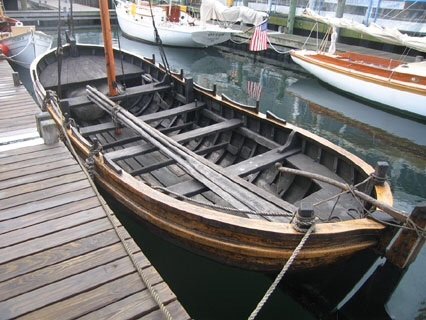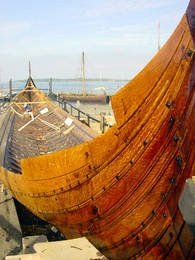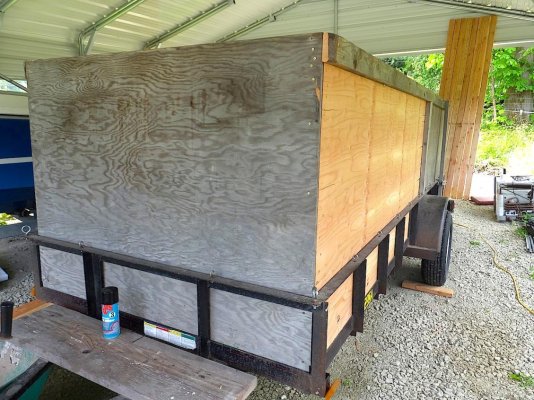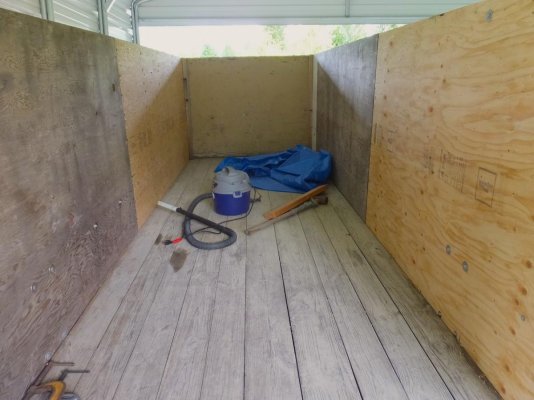Traditional varnishes are in fact a form of oil finish. Okay, well oil and resin, or both. It's sort of basic and complicated at the same time. What I think you should take away is the concepts of remaining solids, what's going to be left behind and the notion of curing. If a varnish contains drying oils (such as tung or linseed), along with light spirits to act as solvent. We'll to get right to it, is it not obvious right from the get go that there was something to be gained from not just using the base products directly?
Take even modern formulations of a teak oil, an ingredient list not too far from varnish itself. Often the resin may not be there but the drying oil typically is. Just to show how complicated some of these basics get, if you just use teak oil on exposed wood, if the moisture is right you get black wood when the fungus food turns it to mold and mildew. Yet, this is fundamentally a mixture of many if the same components in a varnish that helps protect from the same outcome. In another bit of irony, take the old monkey see tale that purports that teak is too oily to take a varnish. It's funny to me because I use teak oil as my prep coat on teak getting ready for varnish. Very similar ingredients, yet they act in very different ways based on their proportions and how and when they are incorporated.
The bottom line is this, you have to use all theses components in the right way to get the best outcome. If you try to use nothing but a drying oil, it often does not cure or bond as well, sometimes resulting in a soft finish that is not durable. Use the same thing in a lighter formula and you get penetration, but low solids and the micro organisms just use it for lunch.
I'm not a chemist, but I do understand enough to know there are no shortcuts and plenty of folks looking to separate you from your money. Often, they sell good product, it's just the results they fib on. Modern varnishes have a lot more in the can than just oil, resin and solvent, but the principles are still there. Thin enough to penetrate, enough solids to leave something durable behind and a combination of products that will actually cure into a finish.
If you go down the road of trying to take a shortcut by just using one of the components in the can, figure you are on the learning curve somewhere back before the invention of varnish.[/QUOTE
1. Best outcome is totally subjective...
2. If applying only part of a more complete system...it's not a shortcut...it's just a lesser part of a complete system. Like many things in life...like buying a less expensive product that you may have to replace sooner...but in the long run it's more cost effective....I see the option of how easy you want to make brightwork as an option...not a shortcut.





